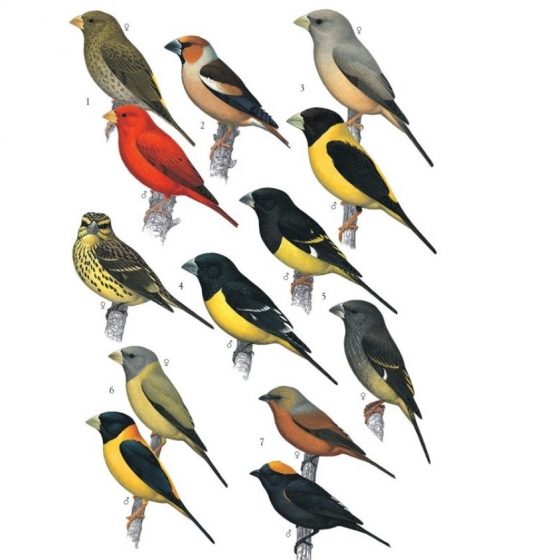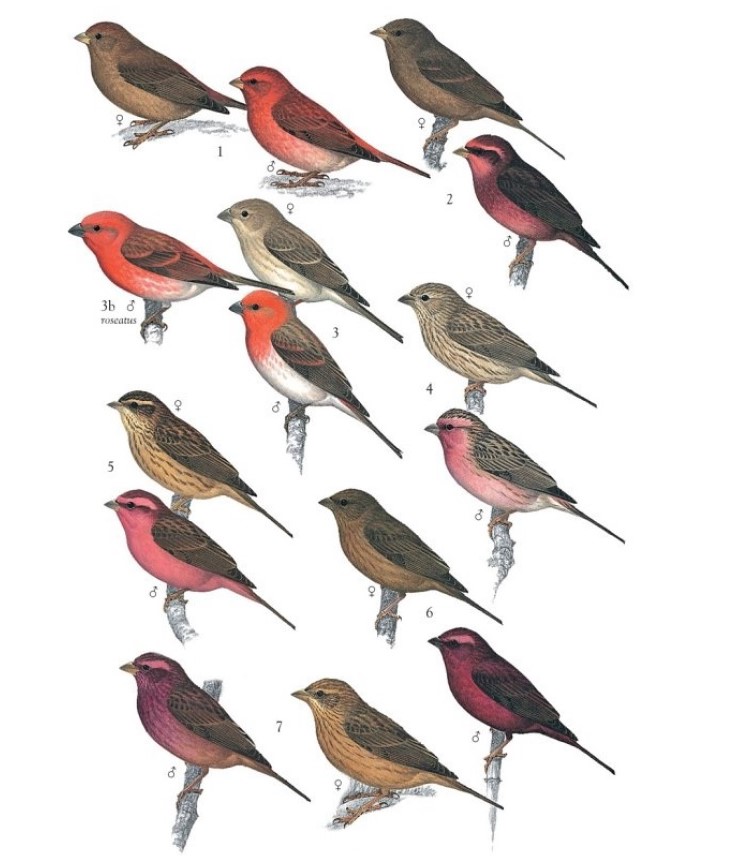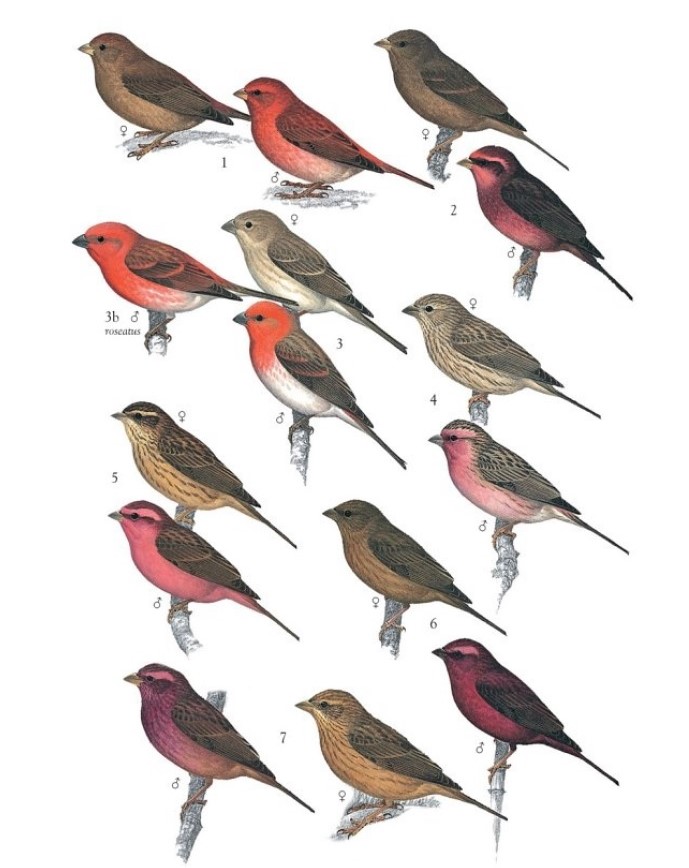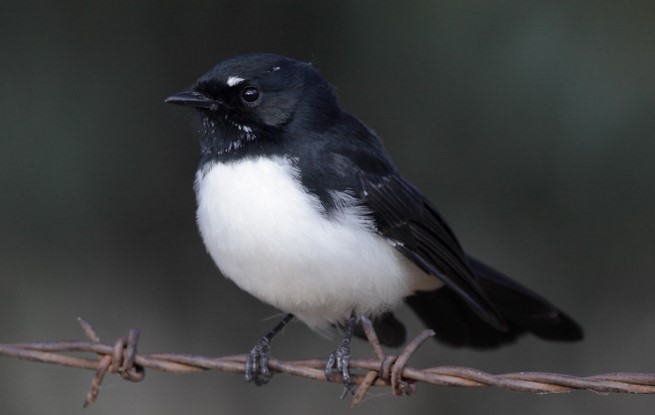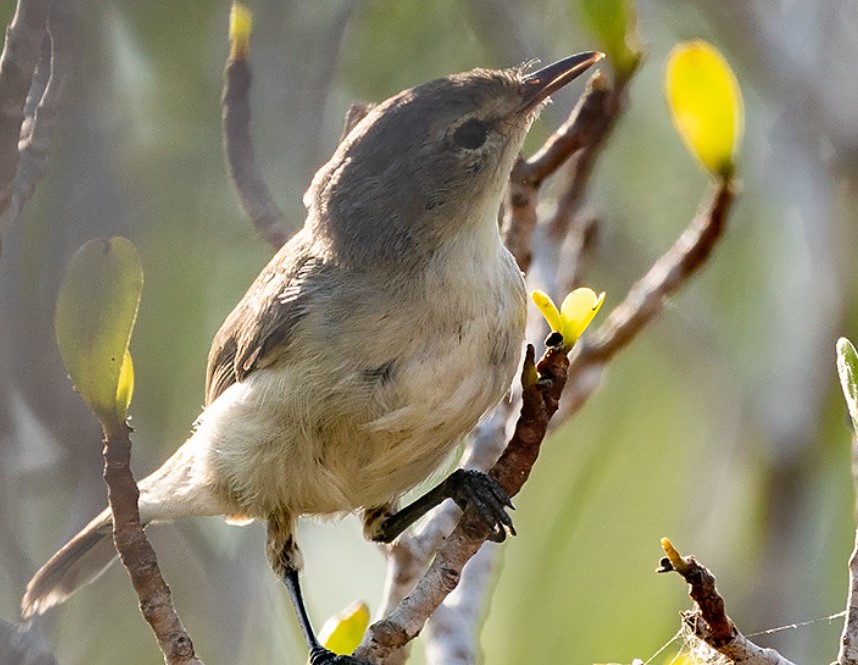8 CRIMSON-BROWED FINCH (RED-HEADED ROSEFINCH) “Propyrrhula subhimachala” 19cm FIELD NOTES: Unobtrusive. Forages on the ground or in bushes and low trees, usually in pairs or small parties. VOICE: A bright variable warble, which may include a ter-ter-ter phrase. The call is a sparrow-like chirp. HABITAT: Dense, high-altitude scrub; winters in thick undergrowth in forests. DISTRIBUTION: Resident from C to E Himalayas; winter visitor to the NE.
16 SPECTACLED FINCH “Callacanthis burtoni” 17cm FIELD NOTES: Forages on the forest floor or under bushes, retreats to sit in trees when disturbed; generally, in pairs or small parties. VOICE: A loud trilling il-til-til also, a monotonous, repeated single note. Calls include a clear tew-tew, a loud pwee or chew-we, often followed by a pweeu, pweuweu or chipeweu; also utters a light chip and when alarmed a rising uh-eh or twee-yeh. HABITAT: Open mixed forest. DISTRIBUTION: Resident in the Himalayas.
/ month
placeholder text
Post List
Editor's Picks
Beyond Nature III: Winter of Iceland Time-lapse
Wow! This is the third part of Beyond Nature...
Mt. Kirkjufell – Most Beautiful Landmark and Photographed Mountain
Mt. Kirkjufell (463 m) is the most prominent mountain...
Replica of the Titanic will Set in Sail 2018
Replica of the Titanic - Well, everybody knows about...
Puzzling Optical Illusion of a Hovering Tree Cut in Half
Puzzling Optical Illusion of a Hovering Tree Cut in...
The Fearless Dam Climbing Alpine Ibex
Alpine Ibex (Capra ibex) are big wild mountain goats...
Kawah Ijen Volcano – That Spews Blue Lava
Kawah Ijen Volcano - That Spews Blue Lava. At...
5 Of The Biggest Water Contamination Disasters In The World
Throughout history, there have been many disasters that have...
Paintings on Fallen Tree Logs Mirror
Gorgeous Paintings on Fallen Tree Logs Mirror Their Natural...
Don't Miss
Black-headed Oriole (Oriolus larvatus)
Description: The Black-headed Oriole (Oriolus larvatus) occurs widely in...
Kale – Grown for Edible Purpose
Description: Kale is a domesticated form of Brassica oleracea, a...
World’s First Suspension Bridge to Connect Two Mountain Peaks
At about 9,800ft-high and 351ft-long the new Swiss Alps'...
How to Grow Basil Herbs?
How to Grow Basil Herbs "Ocimum Basilicum"? The Basil...
Pabbi National Forest Park: A Paradise For Nature Lovers
It's a beautiful spring day in the Pabbi National...
Essential Components of Ecosystem Management
Sustainability
Ecosystem Management entails managing in such a way as...
Sydney Harbour – The Magical Symbol of Australian Cosmopolitan Capital
Sydney Harbour comprises over 240 kilometers (149 miles) of...
Square-tailed Kite (Lophoictinia isura)
This long-winged, square-tailed kite (Lophoictinia isura) hunts like a...
Comb-crested Jacana (Irediparra gallinacea)
Comb-crested Jacanas have an exceptionally long hind toe (about...
Charismatic Planet © 2024 . All Rights Reserved.

